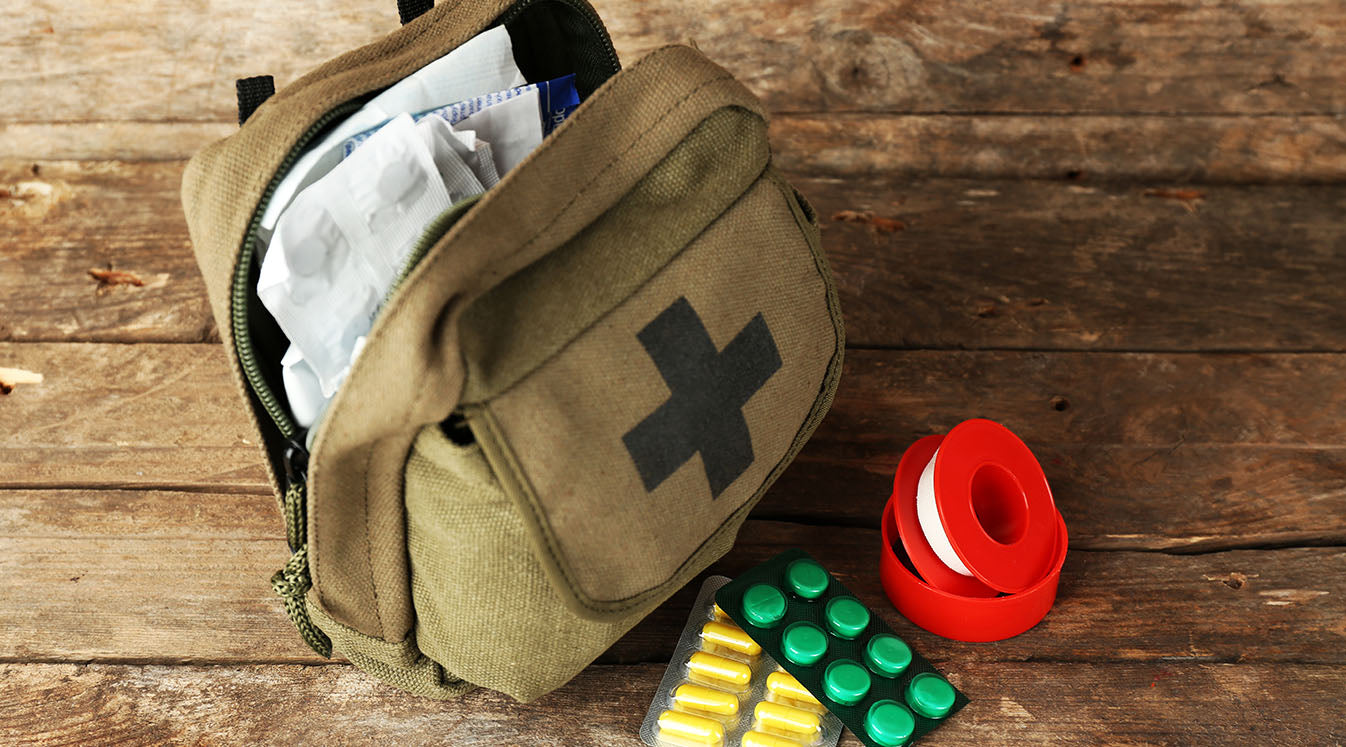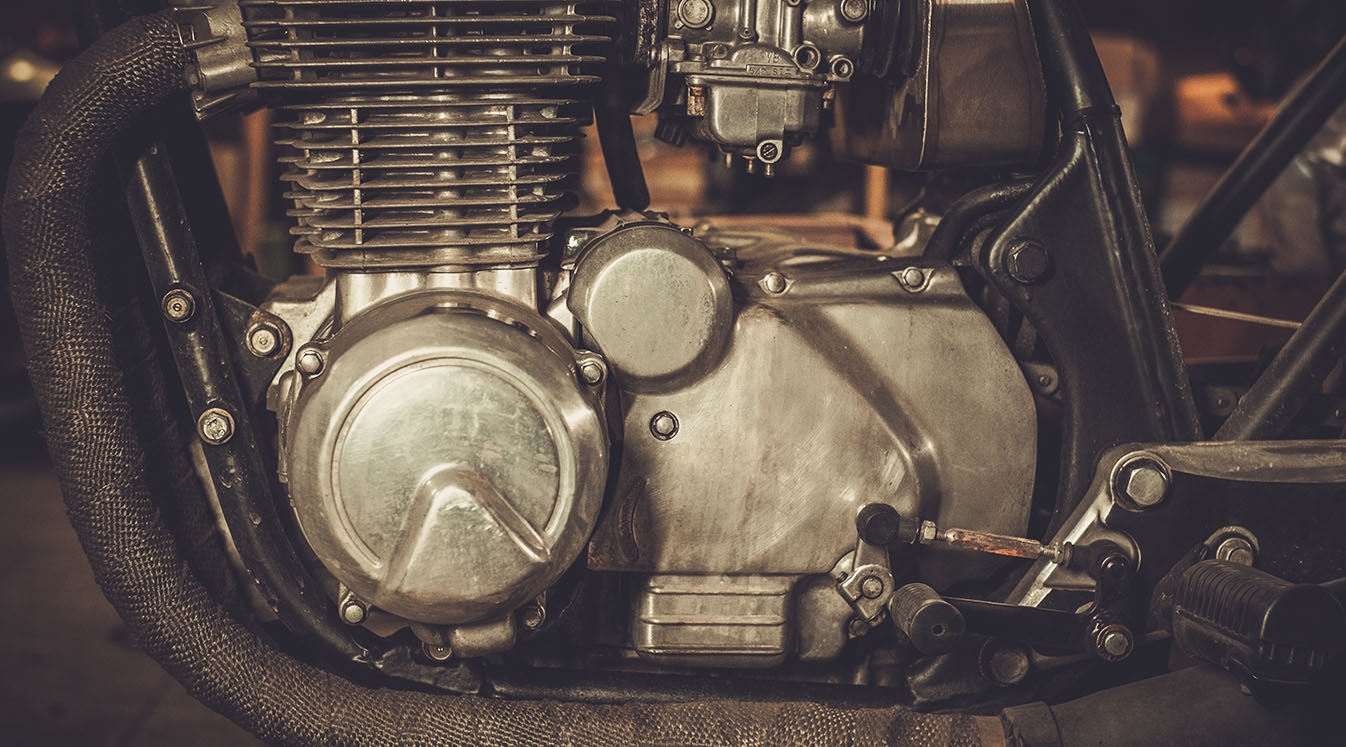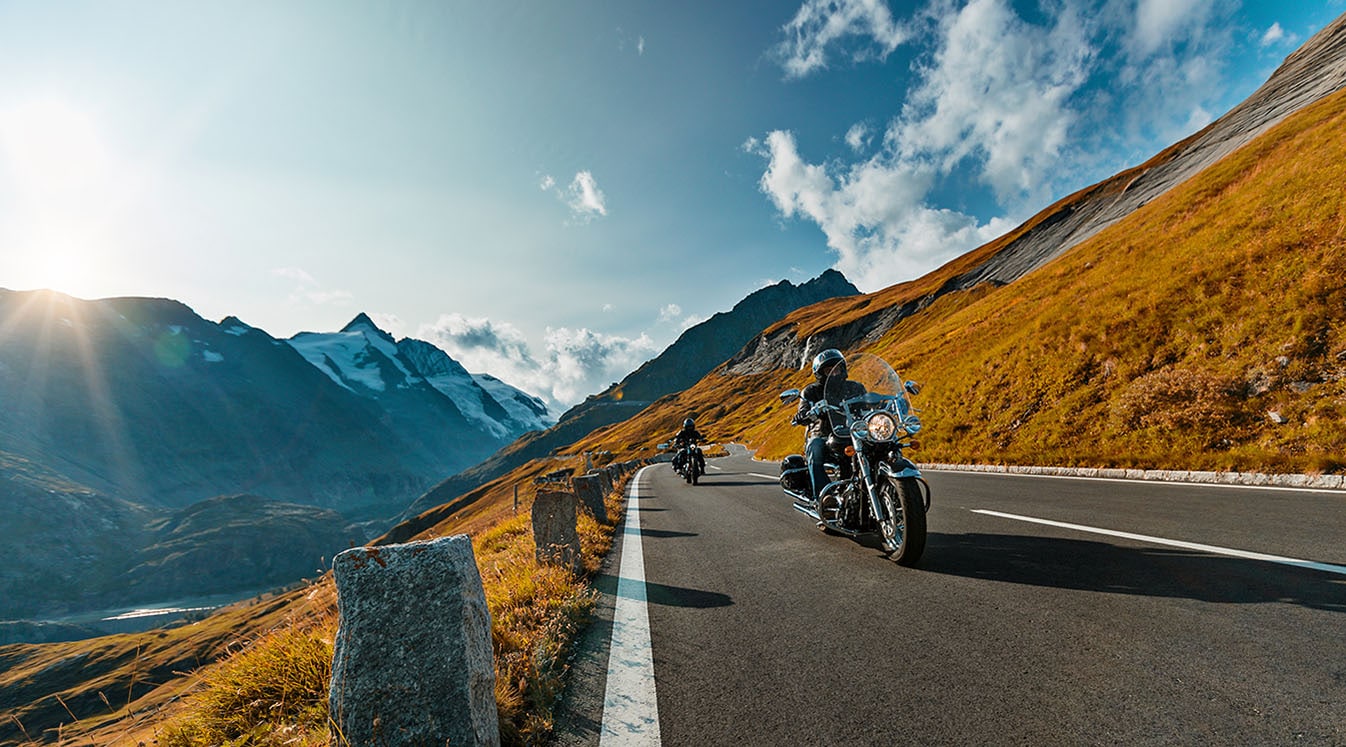Why You Need a Motorcycle First Aid Kit
Riding a motorcycle will expose you to certain hazards. Scrapes, scratches, burns, cuts and insect stings are all common. Beyond that, we all know that major traumatic injuries like fractures and head trauma also do happen.
If you or someone in your riding group gets injured, first aid allows you to treat the injury as much as you can. In some cases, first aid is enough to get back up and ride. Other times, first aid is how you keep the injured person’s condition from getting worse while you find medical assistance.
It’s important to understand that a first aid kit isn’t a substitute for proper medical attention. Someone who has been in a crash or has any serious injury should always be evaluated by a medical professional.
Twelve Must-Haves for a Motorcycle First Aid Kit
Here’s an outline for a basic motorcycle first aid kit. This is a pretty lightweight kit, which is an advantage when you’re packing it into your motorcycle luggage. Get one flexible waterproof bag that holds everything so you can keep the kit together.
1. Band-Aids
For minor cuts and scrapes, bring some simple adhesive bandages in a variety of sizes and shapes.
2. Aspirin
Sometimes, a few aspirin tablets are enough to take care of a pesky headache or other pain while on the road, so pack a few tablets.
3. Nitrile Gloves
These are the blue gloves that you’ll see doctors and other medical pros using. They’re tougher and more puncture-resistant than typical latex gloves, plus they’re much less likely to cause allergic reactions.
4. Emergency Blanket
In a situation where you get trapped by the side of the road on a cold day, an emergency blanket can help prevent hypothermia. They pack down extremely small, so there’s no excuse not to have one!
5. Antibiotic Ointment
These ointments, which go under brand names like Neosporin, prevent wounds from becoming infected.
6. Tweezers
You may need tweezers to pull out a splinter, a piece of glass or any number of other things that can get stuck in your skin.
Bluetooth Motorcycle Headsets for a More Connected Ride

Source: The world of words/Shutterstock
7. First Aid Manual
It’s important to have a basic knowledge of first aid that you can call to mind readily. That said, you’re (probably) not a medical professional, so you should keep a first aid manual handy in your kit. These useful little books provide easy instructions for common first aid procedures, so you’ll have a better idea of how to make the right call when assisting someone.
8. Sterile Gauze and Tape
Gauze and tape are perfect for wrapping a wound that a Band-Aid won’t cover. Make sure to clean the wound first!
9. Burn Ointment
Apply this cream to a burn to soothe it and help prevent infection. Great for when you accidentally touch your leg to an exhaust pipe.
10. Insect Sting Ointment
Bees, horseflies and other stinging and biting insects can ruin your ride, so pack some sting-soothing ointment in case you become a bug’s next victim.
11. Antiseptic Wound Wipes
These single-use wipes allow you to clean a wound and remove as much dirt and bacteria as possible.
12. Instant Cold Pack
Cold packs are ideal for relieving sprains or fractures, and instant cold packs are unbeatable for their ease of use. Just squeeze the cold pack as indicated by the directions and enjoy ice-cold relief a few seconds later.
Other Important Safety Gear
A first aid kit is only one part of the safety picture for motorcyclists. These are some other aspects of preparing your motorcycle and yourself to think about:
- -Motorcycle Helmet Communicator: A motorcycle Bluetooth headset equipped with a good pair of motorcycle helmet speakers will keep you in touch with the pack so you can communicate about upcoming hazards.
- -Motorcycle Protective Clothing: Take a minute to verify that you’re all suited up with the right motorcycle helmet, motorcycle jacket, motorcycle boots and all the rest.
- -Prescription Medications/Medical Devices: Make sure to pack any prescription medicines and medical devices that you might need on the road, such as an EpiPen, nitroglycerin tablets or a blood sugar monitor.
Discover Better Sound from Your Motorcycle Helmet Speakers

Source: PRESSLAB/Shutterstock
Need some more advice on protecting yourself on two wheels? Our guide to choosing motorcycle protective gear will get you moving in the right direction. And for superior communication anytime and anywhere you’re hitting the road, explore Cardo Systems’ full line of motorcycle helmet speakers and powersports communicator systems.





